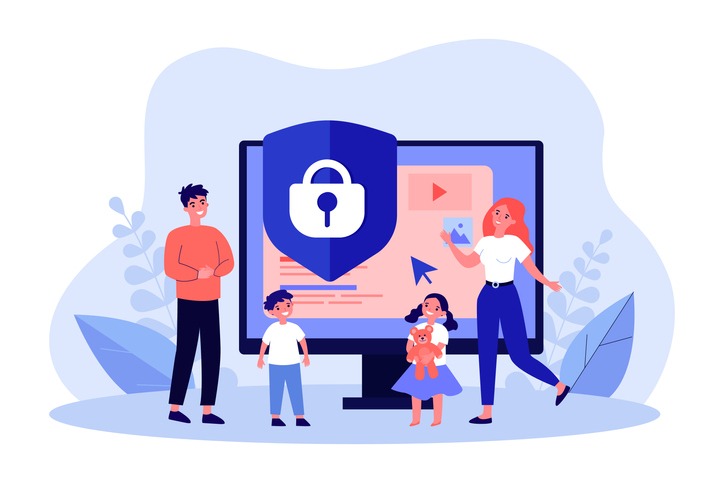
Today’s pupils are living their lives on and offline, presenting many exciting opportunities and challenges – here’s how you can help children use the internet safely in your school.
CREDIT: This is an edited version of an article that originally appeared on gov.uk
From being exposed to illegal content, to being subjected to harmful online interactions, there are a range of potential harms that come with using the internet.
As part of the mandatory RHSE (Relationship, Health and Sex Education) in primary and secondary schools, pupils are taught about online safety in an age-appropriate way. This includes being taught:
- What positive, healthy and respectful online relationships look like
- The effects of their online actions on others
- How to recognise and display respectful behaviour online
- How to use technology safely, responsibly, respectfully and securely
- Where to go for help and support when they have concerns
In primary school, children are taught:
- That people sometimes behave differently online, including by pretending to be someone they are not
- That the same principles apply to online relationships as to face-to-face relationships, including the importance of respect for others
- The rules and principles for keeping safe online: how to recognise risks, harmful content and contact, and how to report them
- How to critically consider their online friendships and sources of information
- How information and data is shared and used online
In secondary school, children are taught:
- Their rights, responsibilities and opportunities online
- Not to provide content to others that they would not want to be shared further and not to share personal material which is sent to them
- What to do and where to get support to report material or manage issues online
- The impact of viewing harmful content
- That sexually explicit material like pornography presents a distorted picture of sexual behaviours
- That sharing and viewing indecent images of children (including those created by children) is a criminal offence which carries severe penalties
- How information and data is generated, collected, shared and used online
But how are children educated about things like pornography in school? Guidance for teaching online safety suggests that secondary school teachers should address the topic of pornography as part of a suitable RSHE curriculum.
Pupils should understand that specifically sexually explicit material such as pornography:
- Presents a distorted picture of sexual behaviours
- Can damage the way people see themselves in relation to others
- Can negatively affect how people behave towards sexual partners
Here’s how you can make sure teachers are supported to deliver these lessons and complicated subjects.
Gov.uk has published a support package to help all schools increase their confidence around and the quality of their RSHE teaching practice. This includes expert-led webinars which focus on some of the areas that are most challenging to teach.
In addition, it has recently updated its Teaching online safety in schools guidance, which helps schools to integrate learning about online safety within the curriculum.
It is also developing new guidance on teaching about sexual violence and harassment, which will include support for education around pornography and explicit images.
It also makes sure that pupils are protected from online risks in schools, by providing all school and college staff with information about different types of abuse and harm, including online abuse through its Keeping children safe in education (KCSIE) safeguarding guidance.
The guidance is clear that staff should have safeguarding and child protection training (including online safety) at induction, which should be regularly updated. It also explains that schools and colleges should have appropriate filtering and monitoring systems in place to block harmful or inappropriate material on school IT systems.
In addition, schools and colleges should have a strong policy on the use of mobile devices like phones and tablets. It’s up to head teachers to decide whether they want to restrict or prohibit their use in schools – if they do allow access, they should have a clear plan to tackle risks to online safety which could arise.



Be the first to comment